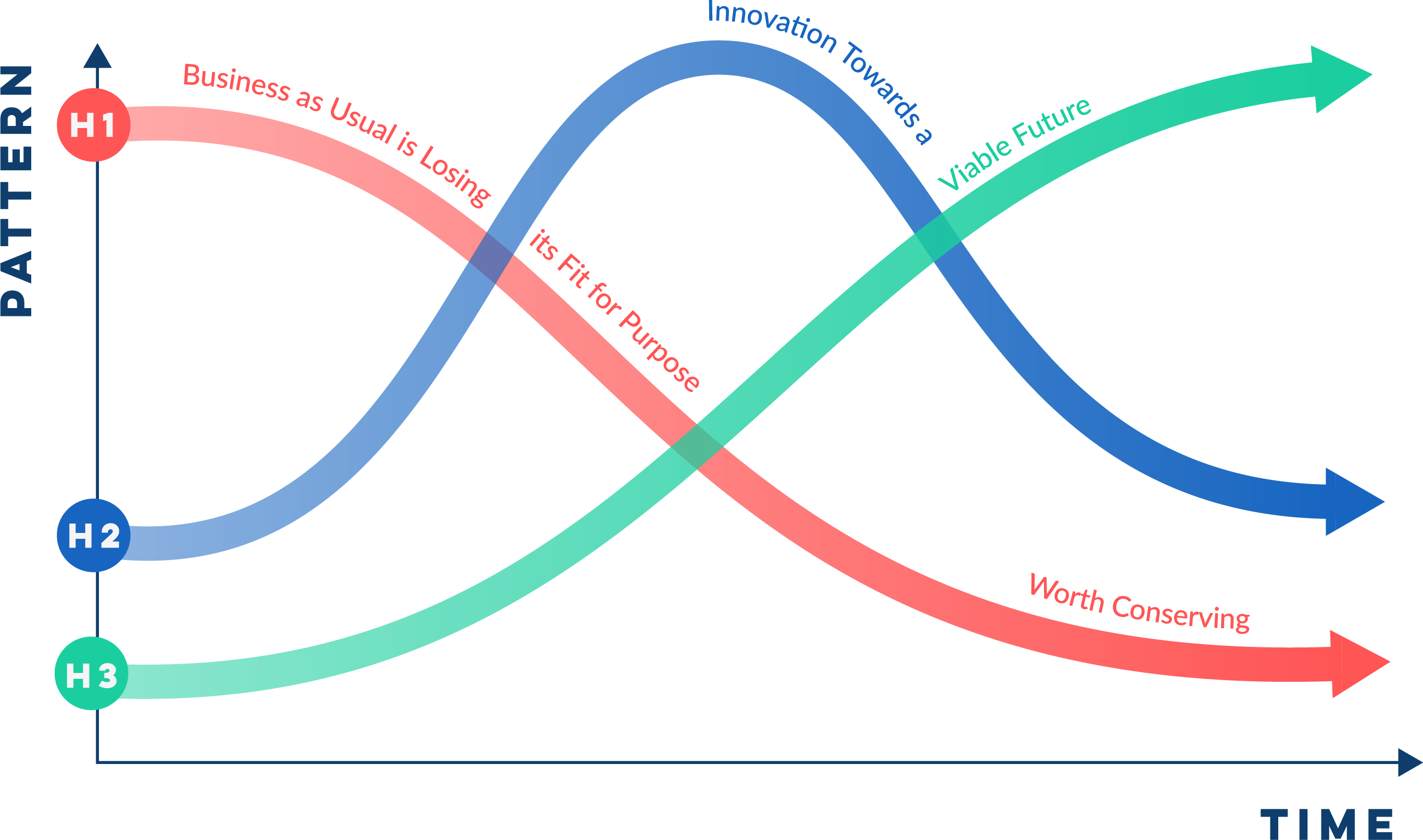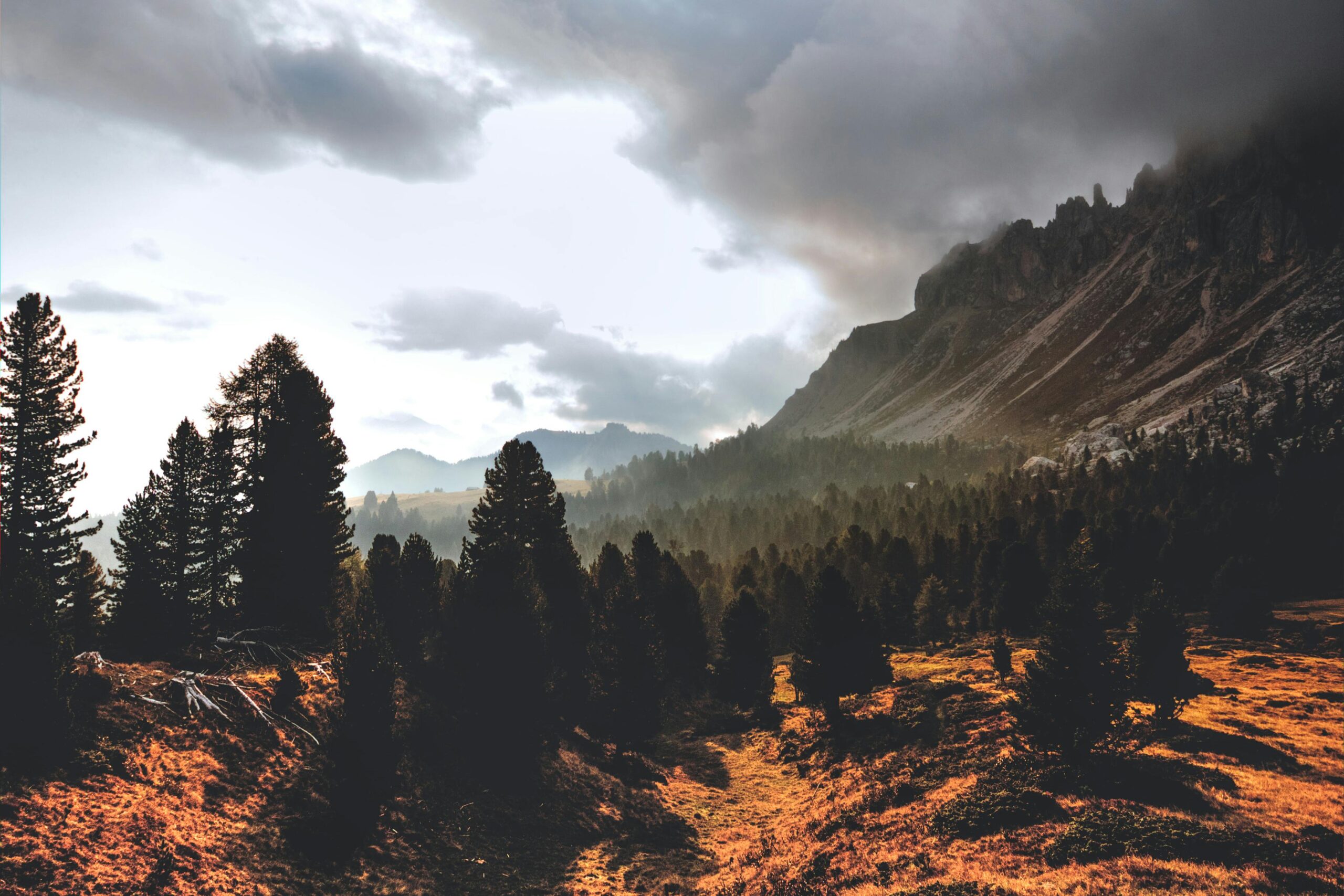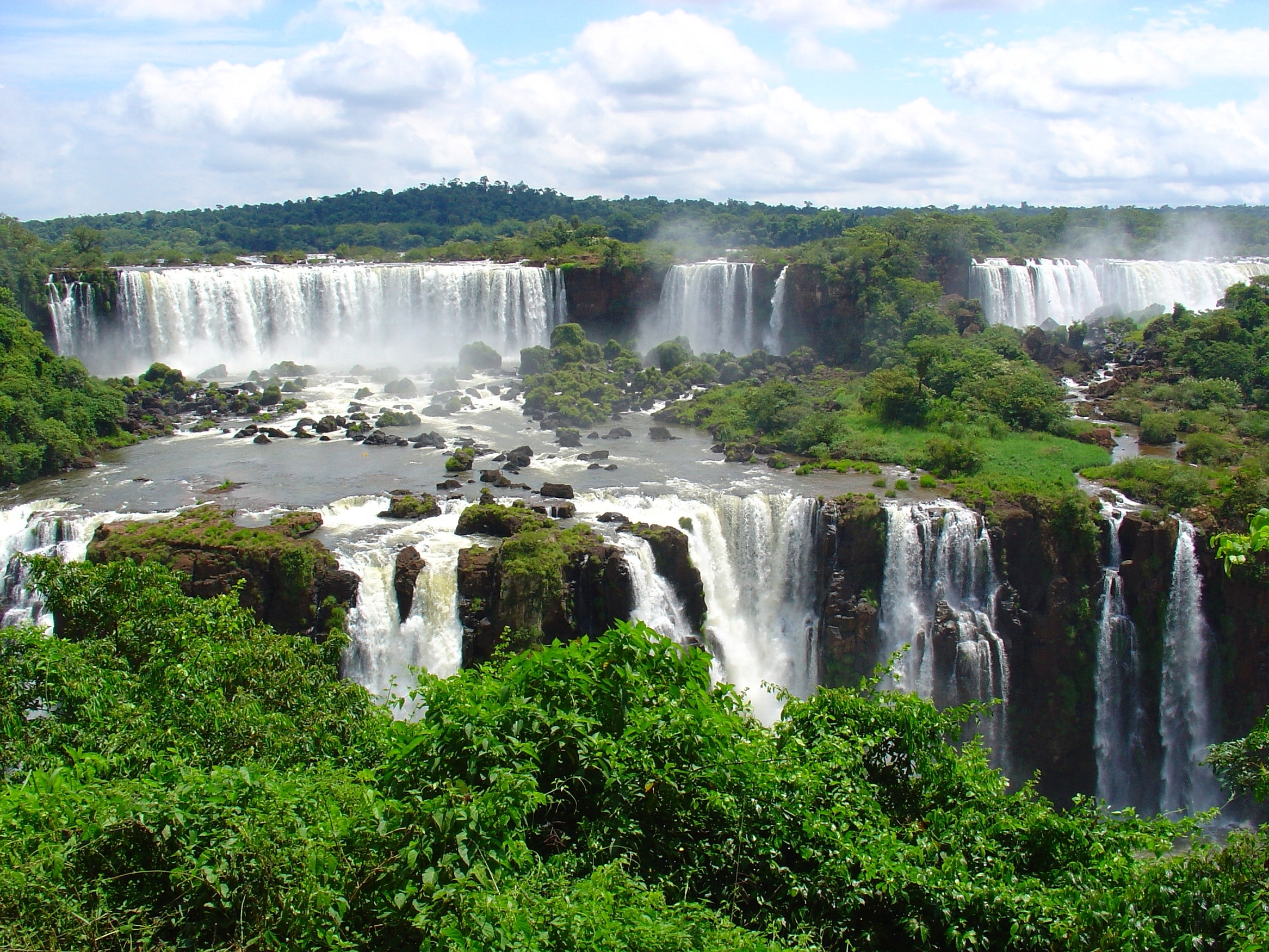Towards a Regenerative Economy – the Seven Domains of Transformation
Globalised industrial capitalism has been a powerful system for generating and distributing wealth. It has supported massive population growth, lifted billions out of poverty, and brought countless labour-saving devices to people around the world.
At the same time, we face the unintended consequences of this success – an economy operating beyond our planetary boundaries, and systemic levels of inequality that generate social instability.
Many people are working to innovate the ‘rules of the game’ so that business and our global economy can use their influence to address these unintended consequences. Below we sketch seven ‘domains of transformation’: areas where existing initiatives can deliver solutions that will deliver a Regenerative Economy.
These domains are offered to inspire hope, and provoke inquiry, partnerships and further innovation. This kind of complex landscape is inevitably flawed – so please feel free to offer suggestions for further domains, and fresh examples of promising initiatives.
1. The madness and wisdom of crowds
We often miss the power of crowds to form social movements – for good or ill – but they may trigger faster political change.
A few to consider:
- The move to a sharing economy: eg millennials not wanting to own a car.
- Rapid dietary shifts towards veganism (or flexitarianism!), fuelling early-stage investment in the Great Protein Transition. (Why intensively farm cows when you can make burgers with less animal cruelty and environmental damage?)
- Greta Thunberg-inspired school strikes: over 1.5 million schoolchildren (and growing) taking to the streets.
2. Fourfold fiscal asymmetry
Current tax regimes tilt the economic playing field in at least four unhelpful ways:
- Is it acceptable to society that the world’s biggest tech companies pay so little tax, while SMEs – the creators of most innovation and jobs – pay full corporation tax? How can society pay for roads and schools when the wealthiest corporate citizens don’t play their part? Recent attempts at transfer-pricing reform have been inadequate. Perhaps Tax Inspectors Without Borders or the OECD work to implement a Global Minimum Tax will make a difference?
- Subsidies for fossil fuels and taxes on jobs and profits! Shouldn’t we use the tax system to incentivise desirable outcomes, and discourage damaging ones? See the work of Ex-Tax on this.
- Capital and 4. income inequalities – see Anthony Atkinson’s book Inequality for a pragmatic set of suggested changes to address these asymmetries.
3. Innovation at the limits
Two insights are key. Firstly, that freedom doesn’t drive entrepreneurs; limits do. Innovation is driven by constraints. Ask an engineer to make something smaller, lighter, faster, and watch the creativity fly!
Secondly, Earth systems scientists have defined the biophysical limits within which our global economy must operate (the 9 Planetary Boundaries.) We are already breaking three: GHG emissions, biodiversity loss, and nutrient flows (nitrogen and phosphorous).
The standard economic response is: “Just implement a global Pigouvian price.” (A tax on any market activity that generates costs not included in the market price, such as emitting carbon dioxide). This might work, but we have a poor track record of negotiating global fiscal instruments.
An alternative has emerged: Science Based Targets for business. To date, over 540 major companies have committed to reducing carbon emissions, in line with climate change science. This year the initiative will be extended to cover the eight other planetary boundaries.
Investors are already demanding evidence that companies are aligning their plans with such targets. Governments, such as Japan, are encouraging their take-up, and the G20 Financial Stability Board has issued guidance recommending all major companies and finance sector players ensure their business strategies are compatible with this limit. (The Taskforce on Climate-related Financial Disclosure was chaired by Mike Bloomberg).
Given growing awareness of the catastrophic destruction of biodiversity, it’s possible that progress on climate will soon extend to other aspects of our economic impact on nature.
4. Stewards of the future
Governance matters. Who sits at the table determines which conversations do/don’t take place, and which trade-offs are deemed acceptable. The German economy has thrived despite – or because of – the inclusion of works council representatives on supervisory boards. But decision-making is often short-term, and rarely considers the environment or future generations.
What if representatives of nature (and the future), sat on each board? Hydrogen car company River Simple is experimenting with this form of radical governance.
Entrepreneurs tend to follow certain forms of behaviour, but there are alternative corporate forms. Perhaps the best known is the B-Corp, a movement comprising over 2,700 businesses worldwide (example: publicly listed Danone is working to full B-Corp certification).
5. Beware WGMGM!
It’s a managerial truism: what gets measured gets managed. But what if we are measuring the wrong thing? Politicians and economists have long pursued an obsessive goal of growing GDP per capital. Yet ever since its inception as a crude measure of economic scale (in the 1930s), economists have known it’s a flawed metric.
It includes all sorts of economic activity – eg the cost of policing and incarcerating criminals – that don’t necessarily equate to quality of life. And it fails to capture others which do contribute to a better society – such as home care and volunteering. And of course, GDP does not measure the economic damage caused as we destroy natural capital.
Alternatives exist, described in David Pilling’s recent book ‘The Growth Delusion’. They include Gross National Happiness (pioneered by the Bhutan government), the GINI Coefficient and the Genuine Progress Indicator.
But fixing our definition of P+L targets – remember, in the business world there’s EBIT, EBITDA etc, and the choice does matter – still leaves a gaping hole. We have no effective balance sheets for national accounts. Consider that the USA currently has an economic liability of overdue maintenance on its bridges of over $70 billion. There’s some real work for economists here.
6. Earth money makes the world go around?
The value of money has always been tied to something of physical value. Many believe the gold standard, the latest manifestation, was relegated to history in 1944, when the Bretton Woods Agreement linked international currencies to the dollar (rather than gold).
But the dollar was still tied to gold (the USA held 75% of global gold reserves at the time) and this linkage lasted until 1971. We are less than 50 years into an experiment that has severed all ties between the value of money and something physical.
Some might argue that this led to the financialization of the global economy, and the supremacy of Wall Street over Main Street. Money is created in two ways: approximately 3% is issued by governments, which print money; the remaining 97% is created by banks issuing loans.
New technology could change this. Blockchain has created a slew of new, decentralised currencies (Bitcoin is the prime example). But each Bitcoin is issued when someone solves an increasingly difficult computation puzzle, so it isn’t backed by anything physical. Recent cryptocurrencies are backed by sustainable economic transactions. For example, SolarCoin creates a currency unit whenever a registered power generator creates 1 kwh of electricity from solar panels.
As remote sensing capabilities combine with secure decentralised blockchain platforms, we may be on the verge of the creation of a ‘GaiaCoin’. It would be issued on the back of sustainable economic transactions (eg the procurement of a unit of sustainable palm oil).
This would be constrained by the total value of global ecosystems, usable by all in further transactions, and fully democratic (ie not controlled by any government). Perhaps one day the GaiaCoin will form part of the international basket of currencies?
7. The new laws of nature
The law is a component of capitalism infrastructure. The protection of property is the prime example, but the very notion of a company is an invented abstraction. It treats a company as a fictitious person in the eyes of the law. This is odd when you come to think of it!
So, the nature of our laws, and their application, will be central to the evolution of our economic system. Three trends stand out:
- The enhanced application of existing laws, exemplified by the work of Client Earth. This legal NGO works on cases against national/city governments, compelling them to comply with existing environmental law. Recent wins include forcing the Dutch government to increase the scope of its climate law, and inducing several major cities to address illegal levels of air pollution.
- The concept of Ecocide – written into the original articles of the UN, but deleted during negotiations. Recently deceased lawyer Polly Higgins made good progress in championing the idea that this should be recognised as a crime – allowing citizens to take companies and governments to court for actions deemed to have destroyed whole ecosystems.
- The idea of legal rights for nature is gaining traction. Already written into the constitutions of New Zealand, Columbia and Ecuador, there are calls for this change to go mainstream.






